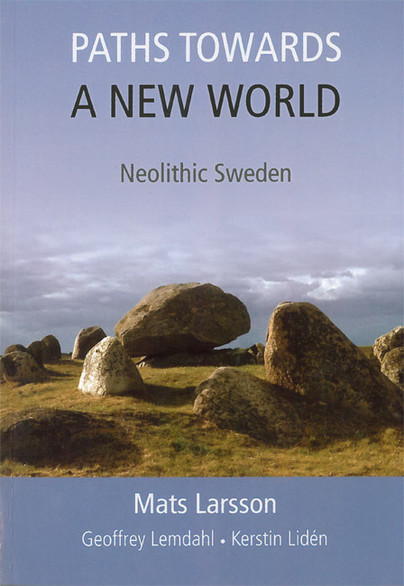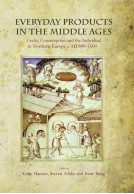Paths Towards a New World (Paperback)
Neolithic Sweden
Imprint: Oxbow Books
Pages: 144
Illustrations: b/w and col. illustrations
ISBN: 9781782972570
Published: 6th May 2014
Script Academic & Professional
Pages: 144
Illustrations: b/w and col. illustrations
ISBN: 9781782972570
Published: 6th May 2014
Script Academic & Professional
You'll be £9.95 closer to your next £10.00 credit when you purchase Paths Towards a New World. What's this?
+£4.99 UK Delivery or free UK delivery if order is over £40
(click here for international delivery rates)
Order within the next 3 hours, 21 minutes to get your order processed the next working day!
Need a currency converter? Check XE.com for live rates
(click here for international delivery rates)
Order within the next 3 hours, 21 minutes to get your order processed the next working day!
Need a currency converter? Check XE.com for live rates
Covering the approximately 6,500 years from the beginning of the Late Mesolithic to the transition to the Bronze Age, Mats Larsson takes the reader on a journey through the development of Swedish prehistoric society and culture set against the backdrop of climatic and landscape change. Using examples selected from a wealth of archaeological sites, artefacts and palaeo-environmental studies he explores a series of chronological themes: such as how the relationship between land and water influenced people’s lives in many ways and the development of often long-distance cultural and exchange networks, as reflected in the occurrence of ‘foreign’ stone axes, flint, copper and pottery. He describes how innovations, such as the introduction of agriculture, spread rapidly during the Neolithic, incorporating characteristics of extensive northern European cultural groups, beginning with the Funnel Beaker Culture with its array of distinctive objects, settlements and burial monuments, while retaining some specific regional and local expressions in material culture. Later, certain characteristics of the Pitted Ware Culture, such as specific types of pottery decoration, were taken up in some areas while the emergence of some regional groups can be seen as a step in the ideological and social changes that led to what we today call the Battle Axe Culture. Towards the end of the Stone Age the battle axe was replaced by the dagger as a symbol of the male warrior as a more stable society emerged in many parts of the country, concentrated around large farms with longhouses. It was only at this late stage that agriculture and the raising of livestock gained a firm hold, and the landscape was opened up permanently.
Other titles in Oxbow Books...















